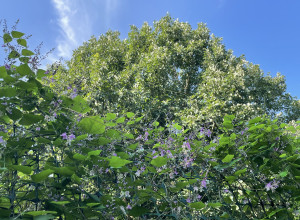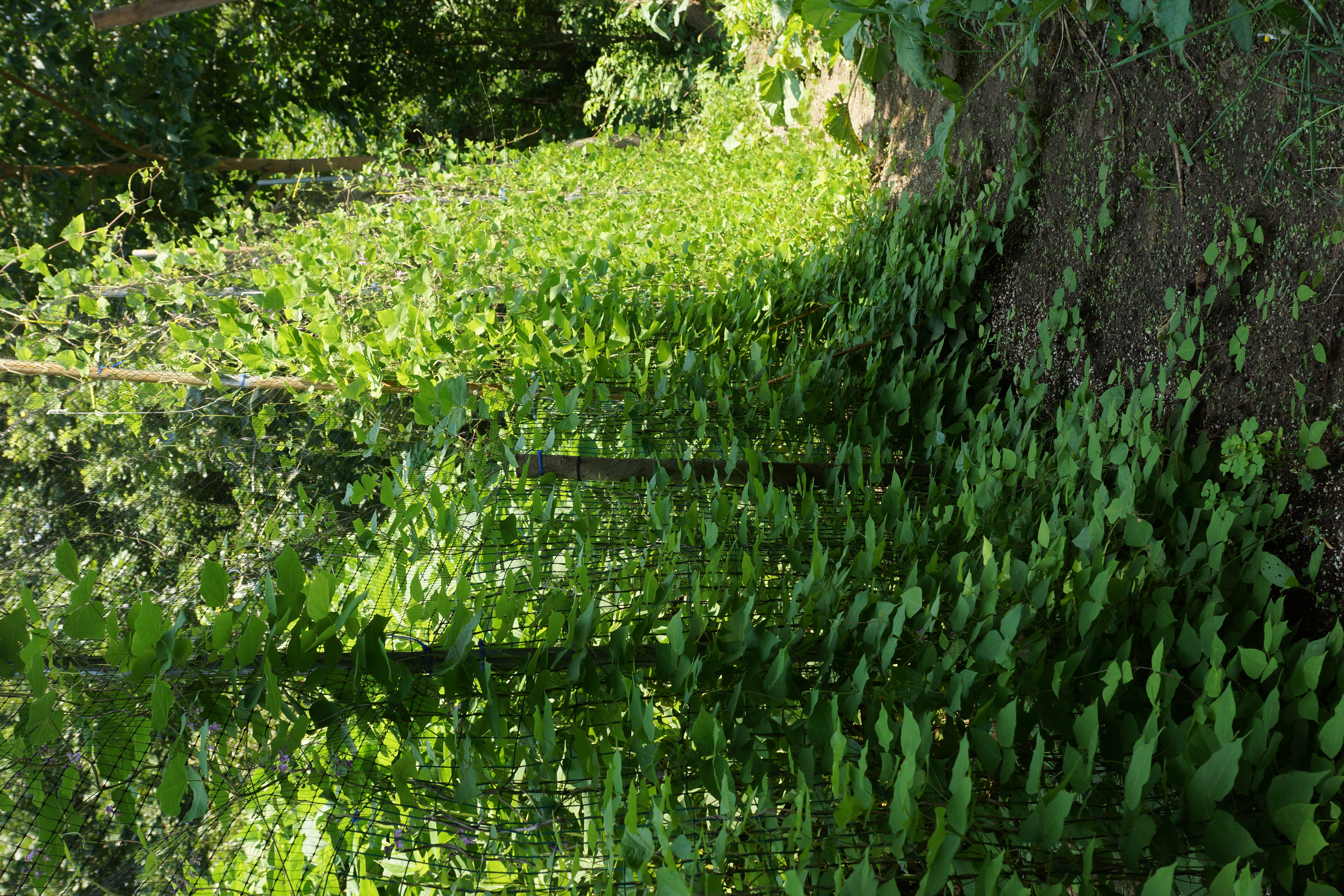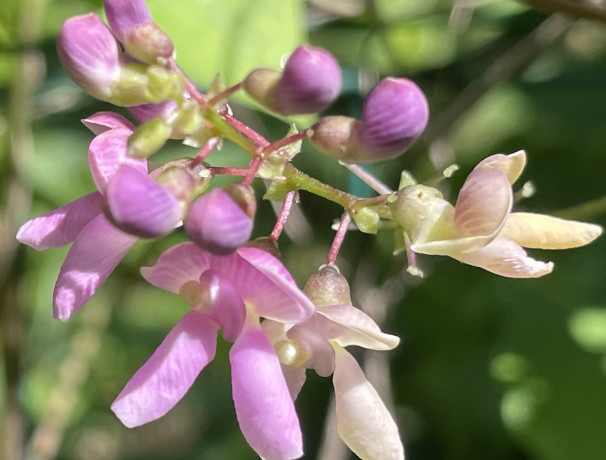Experience-Seeds-Knowledge-Plant Discoveries-Ecological Enrichment-Join Now Click Here!


The Thicket Bean-The Perennial Wild Bean
Related to the lima bean, thicket bean seeds are easy to cultivate yet hard to find in the seed trade. This is partly to blame for the exploding nature of the seed pods during harvest as well as lack of interest in the gardening community. I grew a population of thicket beans in southwestern Michigan over the course of two decades. Each year I learned a little bit more about this unique bean including its growing habits, harvesting and taste testing. In 2017 I harvested 2 ounces of dry seeds from my plantings. In 2018 I harvested 1 lb. 10 ounces. In 2020 I hit a record of 4 lbs.. It turns out that once established the thicket bean produces copious amounts of beans. I also discovered that thicket bean will fruit in one year from seed. So it is quite a precocious little bean with a massive root and durable nature. Since retirement in 2021, I no longer maintain my trellis systems to all thicket beans and now am involved with their hybrids and other wonderful vine type beans too. But I still keep an isolated non hybrid version of it in my planting and that is what these seeds are from. They are the longest lived of the selections I have and produce loads of small lentil sized delicious beans.
This strain is an earlier form and has fully ripened in southwestern Michigan making it one of the most northern forms under cultivation. For my location that means the pods turn brown starting at the end of September and continue for up to a month prior to harvest in mid to late October. I lay it out on screens and let them pop open on their own covering the seeds to prevent ejection of the seeds all over the barn.
The pollination seems to improve over time in that other species of bees take an interest in the flowers as well as other nearby annual beans I grow. Cabbage butterflies, honey bees, as well as several species of bumblebees really fill the air when these start to flower in July and August. As the roots mature, the yields increase dramatically. The older roots break down and hollow out after 10-15 years. It could be possible the roots under more strict cultivation could last consistently longer than a decade. Avoid mulch and grassy areas with brush. Voles will consume the roots.
There are some variations found within the populations but in general they are very similar. Some are more black and slightly larger. Other growers report very good yields on young plants and are trying to make selections based on yields. The seeds listed this year (fall of 2024-2025) are from my oldest plants with best vigor and yield.
You cannot store these roots above ground in pots. Never try that. They need to be in ground during the winter. They do not tolerate the conditions of pot culture during winter.
Here is how to germinate the seeds: Wild beans have a hard seed coat. If you plant them as they are, roughly 1/2 to 2/3 will germinate the first year. To increase the germination rate, soften the seed coat by using a fine grit sandpaper and gently rub it on the seed. This will scar the seed and remove some of the shine. This will then make them imbibe water easily and then sprout. You can then plant directly outside under 1/2 inch of soil. The seeds throw a taproot first and then the top will come up slowly over the course of a month. Or you can soak your seed or put in a damp paper towel until sprouting begins and then plant. Roots can go to 18 inches deep in one year and form a carrot type root. Pretty much grow like any other bean.
Diseases of thicket bean include leaf rust which will defoliate and weaken the plant. Keep in check with biological insecticide Serenade which prevents its spread. Neem has worked very well in the prevention of the disease for me along with rosemary extract formulas available from ARBICO.
Free Shipping for 2024-25 season on this seed.
| Plant Specs | |
| Genus & Species | Phaseolus polystachios |
| Seed Source | Michigan-Originally from the east coast this seed source was given to me by Eric Toensmeier. It is quite different than the Prairie Moon Nursery seed source which is black in color. |
| Hardiness | minus 20F plus or more. |
| Height (ft) | 15-30 ft. |
| Width (ft) | 4-6 ft. |
| Pollination Requirements | Carpenter bees, hummingbirds, other solitary bees, cabbage butterfly, honeybees, hoover flies, bumblebees. Hoover flies are quite prolific some years and others not so much. |
| Soil | Found as a river plain species but appears to grow in rock and sand with ease. It has to have open soil in order to self sow. |
| Climate | Zone 5 to 6 to10. Adaptable and even desert proof once established. Not good in high moisture locations in the summer as this can create rust which defoliates the plant early. |
| Ease of Cultivation | Easy to grow and fruit. Avoid shade and other wet conditions as it is susceptible to foliage diseases which cause premature leaf drop. Cannot be overwintered in containers. For me it was a 100 percent failure to grow in pots in hoophouses. By year three outdoors, yields will greatly increase. Nitrogen fixing nodules are produced at this time as well. From seed, some plants will flower and fruit the first year. There are some plants that are naturally smaller and flower more profusely. You could potentially develop bush types from this same seed source. Watch out for voles which eat the roots. The roots will regenerate if damaged but only if the crown is not eaten into. Hybrids with lima bean can be produced in quantity by planting lima beans late in the season to overlap the flowering times. Thicket bean flowers later than lima bean flowers by 30-60 days. |
Related Plants
Speckles Tepary Bean Seeds
This southwestern indigenous North American annual bean species is a vigorous vine growi..
$32.00
Cloud Lima Bean Seeds
Cloud Lima beans are the result of two decades of growing and hybridizing the thicket b..
$82.00
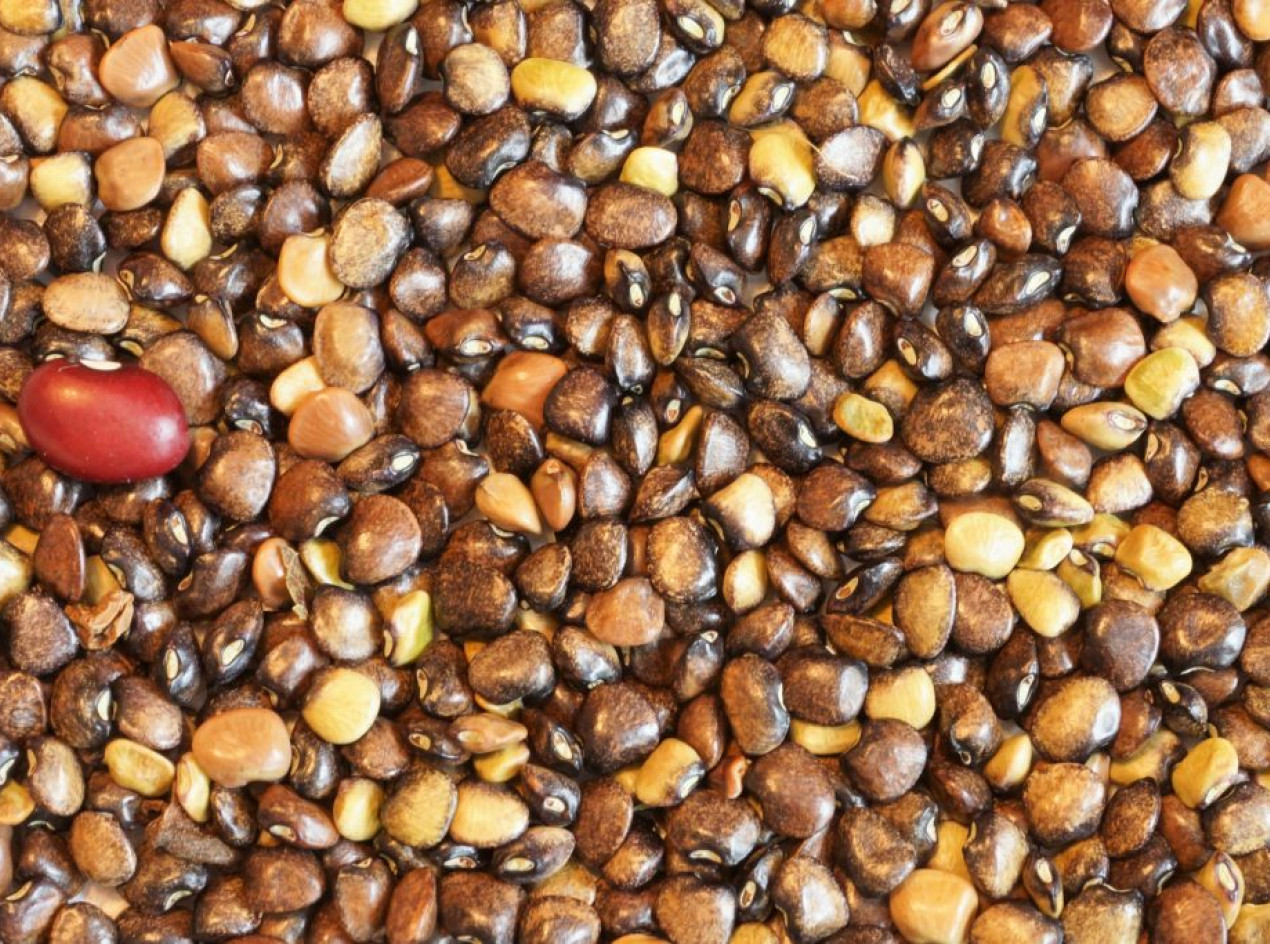
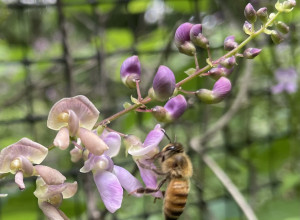
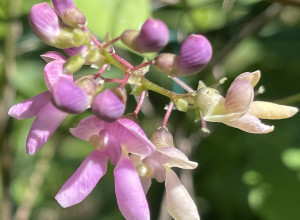
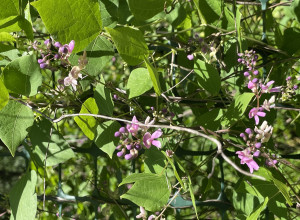
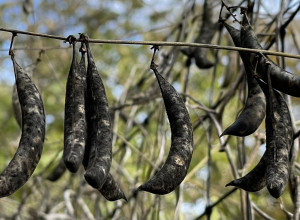
-300x220max.JPG)
